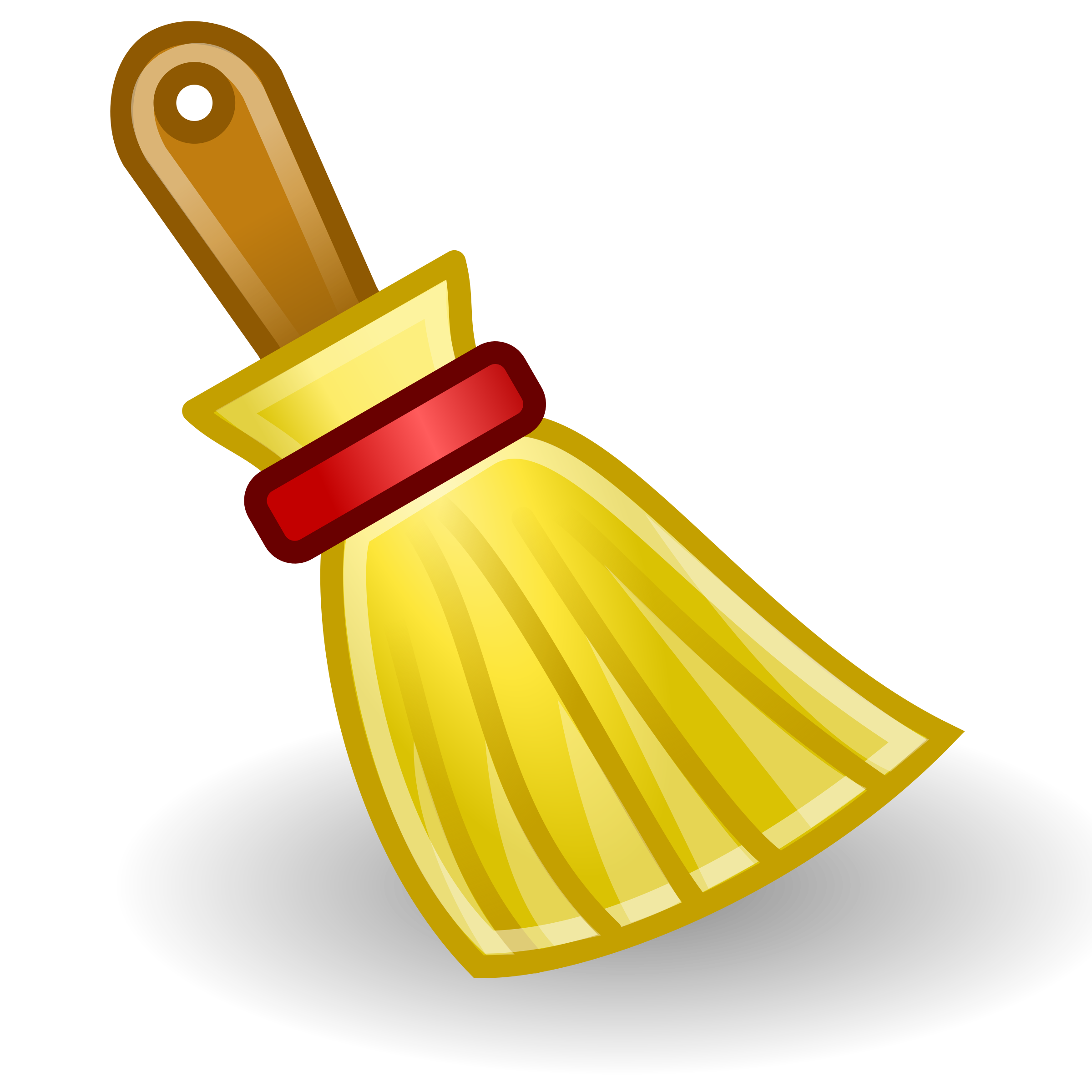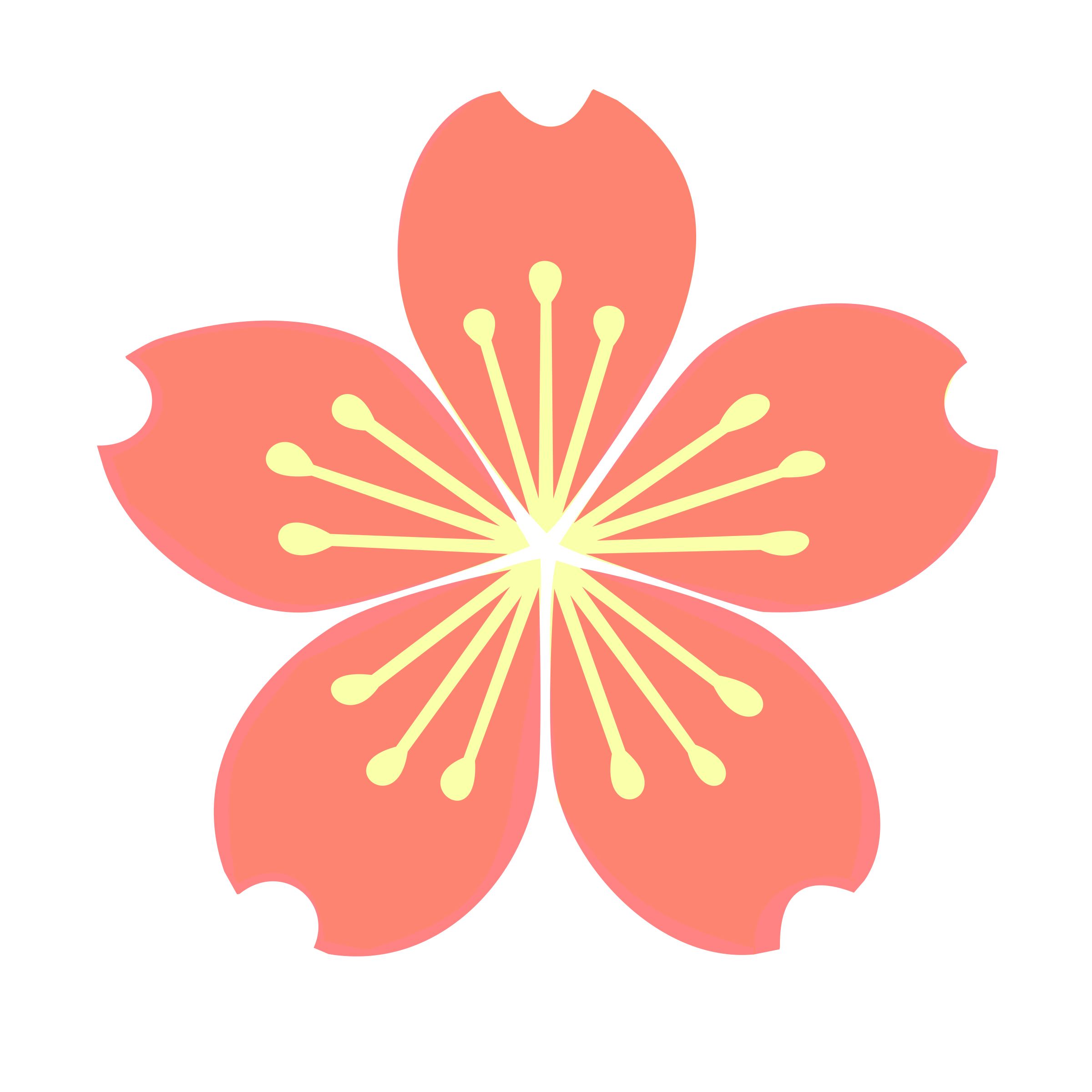 Springtime is perfect for children. This beautiful time of year is all about growth and new beginnings, the perfect setting in which to help your 1st grade students find writing inspiration. Of course, just as a baby chick has to break through its tough shell in order to step out into the world, sometimes the hardest part of telling a story is simply beginning it, breaking through writer’s block in order to get those first words down on paper. That’s where these five spring-themed story starters come in.
Springtime is perfect for children. This beautiful time of year is all about growth and new beginnings, the perfect setting in which to help your 1st grade students find writing inspiration. Of course, just as a baby chick has to break through its tough shell in order to step out into the world, sometimes the hardest part of telling a story is simply beginning it, breaking through writer’s block in order to get those first words down on paper. That’s where these five spring-themed story starters come in.
 #1: “I know spring is here when…”
#1: “I know spring is here when…”
 This is one of my favorite story starters because, for a seemingly obvious a topic, the responses I get each year never cease to surprise me in their variety. I grew up in a “Green Christmas” climate, so for me, spring was heralded more by the date on the calendar than by a major change of weather.
This is one of my favorite story starters because, for a seemingly obvious a topic, the responses I get each year never cease to surprise me in their variety. I grew up in a “Green Christmas” climate, so for me, spring was heralded more by the date on the calendar than by a major change of weather.
But, for many of my students, the first sign may be melting snow drifts, blossoming flowers or the sweet serenade of a sparrow who has returned to its favorite nesting spot. For others, it may be the announcement of spring tryouts for their favorite sport, or extra outdoor play time at the end of the day thanks to a few bonus hours of sunlight. There’s so many lovely possibilities, and it’s always a treat to see what they’ll come up with next.
PROJECT IDEA
Begin by brainstorming a list as a class of all the signs of spring you can think up. Once your list is complete, ask each student to choose just one (or two, depending on the size of your list—and the size of your class!) to write about at length. Ask them to provide an illustration of the sign they chose. Compile their responses and art into one project in order to create and publish your own beautiful “Signs of Spring” classbook!
 #2: “One morning, I met a butterfly who could talk. He said…”
#2: “One morning, I met a butterfly who could talk. He said…”
 This clever spring story starter asks your 1st graders to imagine not just that a butterfly might talk, but what a butterfly might want to talk about. It’s a gentle introduction into both anthropomorphism and narrative writing from a unique point of view, not by placing your students directly into the role of the butterfly but by asking them simply to consider what one might be interested in. It’s also a great way to encourage empathy for other living creatures besides people—not to mention a fun way to stretch your students’ imaginations!
This clever spring story starter asks your 1st graders to imagine not just that a butterfly might talk, but what a butterfly might want to talk about. It’s a gentle introduction into both anthropomorphism and narrative writing from a unique point of view, not by placing your students directly into the role of the butterfly but by asking them simply to consider what one might be interested in. It’s also a great way to encourage empathy for other living creatures besides people—not to mention a fun way to stretch your students’ imaginations!
PROJECT IDEA
For a more in-depth creative writing enrichment activity, ask your students to begin by first drawing a butterfly character. This may be as simple as a normal drawing of a butterfly to something as unique and complex, like a human-butterfly hybrid or even a butterfly who can shapeshift into a human. Ask them to list a few of their butterfly’s personality traits—is he or she a grumpy butterfly, or perhaps a clumsy but carefree one? Last but not least, have them respond to the story starter above using the character they came up with. What would a butterfly like that say? How would he or she speak? Be sure to publish their writing and illustrations in a classbook that’s sure to entertain for many a spring to come.
 #3: “This year during spring cleaning, I found something unexpected…”
#3: “This year during spring cleaning, I found something unexpected…”
 This imaginative story starter is a seasonal update on the classic question, “What’s in the box?” In this version, instead of asking your 1st grade students to imagine what might be in a mysterious unmarked container, get them to dig a little deeper by asking them to come up with something a bit more personal. Perhaps, in their stories, they’ll find a toy they thought they lost long ago, or a pair of the shoes they used to love but outgrew. Or, maybe they’ll discover something they’ve never seen before—a new teddy bear, a magic lamp or even their very own robot!
This imaginative story starter is a seasonal update on the classic question, “What’s in the box?” In this version, instead of asking your 1st grade students to imagine what might be in a mysterious unmarked container, get them to dig a little deeper by asking them to come up with something a bit more personal. Perhaps, in their stories, they’ll find a toy they thought they lost long ago, or a pair of the shoes they used to love but outgrew. Or, maybe they’ll discover something they’ve never seen before—a new teddy bear, a magic lamp or even their very own robot!
PROJECT IDEA
Add an element of collaboration to this writing exercise by asking your students to start by drawing an object of their choosing—it can be a real object, perhaps one they truly did find once while cleaning out their room, or a fictional item, such as a magic lamp or miniature robot. Then, ask them to trade drawings with a fellow classmate and respond to the story starter using the object their partner came up with. How did their best friend’s favorite pair of roller skates end up in their garage? Where did that mysterious puzzle box come from? It’s up to your students to figure it out! Once the assignment is finished, don’t forget to publish their writing and drawings in a fun “Found Objects” classbook!
 #4: “I have a secret garden. In my garden, I grow…”
#4: “I have a secret garden. In my garden, I grow…”
 Inspired by the classic children’s book by Frances Hodgson Burnett, this spring story starter allows your students to plant and grow secret, imaginary gardens of their own with their words. You can mix science and descriptive writing with this prompt and ask your students to list flowers and plants specifically by name (perhaps even providing them with a list to help them out), or you can simply sit back and watch their gardens grow as they please.
Inspired by the classic children’s book by Frances Hodgson Burnett, this spring story starter allows your students to plant and grow secret, imaginary gardens of their own with their words. You can mix science and descriptive writing with this prompt and ask your students to list flowers and plants specifically by name (perhaps even providing them with a list to help them out), or you can simply sit back and watch their gardens grow as they please.
PROJECT IDEA
Add a fun little spatial awareness exercise to this assignment by asking your students to draw plans for their gardens as if they were actually going to plant them. How big is their garden? What shape is it? Where will the roses go, and where on earth will they plant that giant oak tree? Encourage them to get as creative (and detailed) as possible! Finally, collect their garden plans and descriptions and publish their work in a beautiful, fully illustrated classbook.
 #5: “The best part of spring is…”
#5: “The best part of spring is…”
 The great thing about this 1st grade story starter is how open it is to interpretation—both for you and your students. It can function as a fantastic exercise in descriptive writing if you ask them to focus on the details, or a fun introduction to opinion writing if you place more emphasis on providing evidence to support their claims. Or, it can be a chance simply to practice good handwriting and basic grammar. It’s all up to you and your class!
The great thing about this 1st grade story starter is how open it is to interpretation—both for you and your students. It can function as a fantastic exercise in descriptive writing if you ask them to focus on the details, or a fun introduction to opinion writing if you place more emphasis on providing evidence to support their claims. Or, it can be a chance simply to practice good handwriting and basic grammar. It’s all up to you and your class!
PROJECT IDEA
Get some editing practice in with this assignment by asking your students to trade papers with a partner for some quality peer editing time. In particular, ask your young editors-in-training to focus on how persuasive the writing is—did the author make a good case for why the particular part of spring they chose is the very best? What piece of evidence is most effective—and which is the least convincing? After passing papers back and revising their work, ask them to provide illustrations to accompany their answers. Finally, publish their writing and drawings in a highly opinionated classbook that’s as lively and engaging as the season of spring itself.
Spring as Inspiration for 1st Grade Authors
To paraphrase Lewis Carroll, when teaching your 1st graders about writing, it’s generally best to begin at the beginning with a good story starter—and when you get to the end, publish! There’s no time like spring for a beautiful outdoor publishing party or reading session, and no time like the present to help your students achieve something as amazing as becoming published authors.
For more story starters and other unique (and free!) creative writing resources, check out our online teacher’s lounge, and be sure to sign up for your free publishing kit!
Image sources: Lead image via Shutterstock; Images 1, 2, 3, 4, 5 via OpenClipart.org





